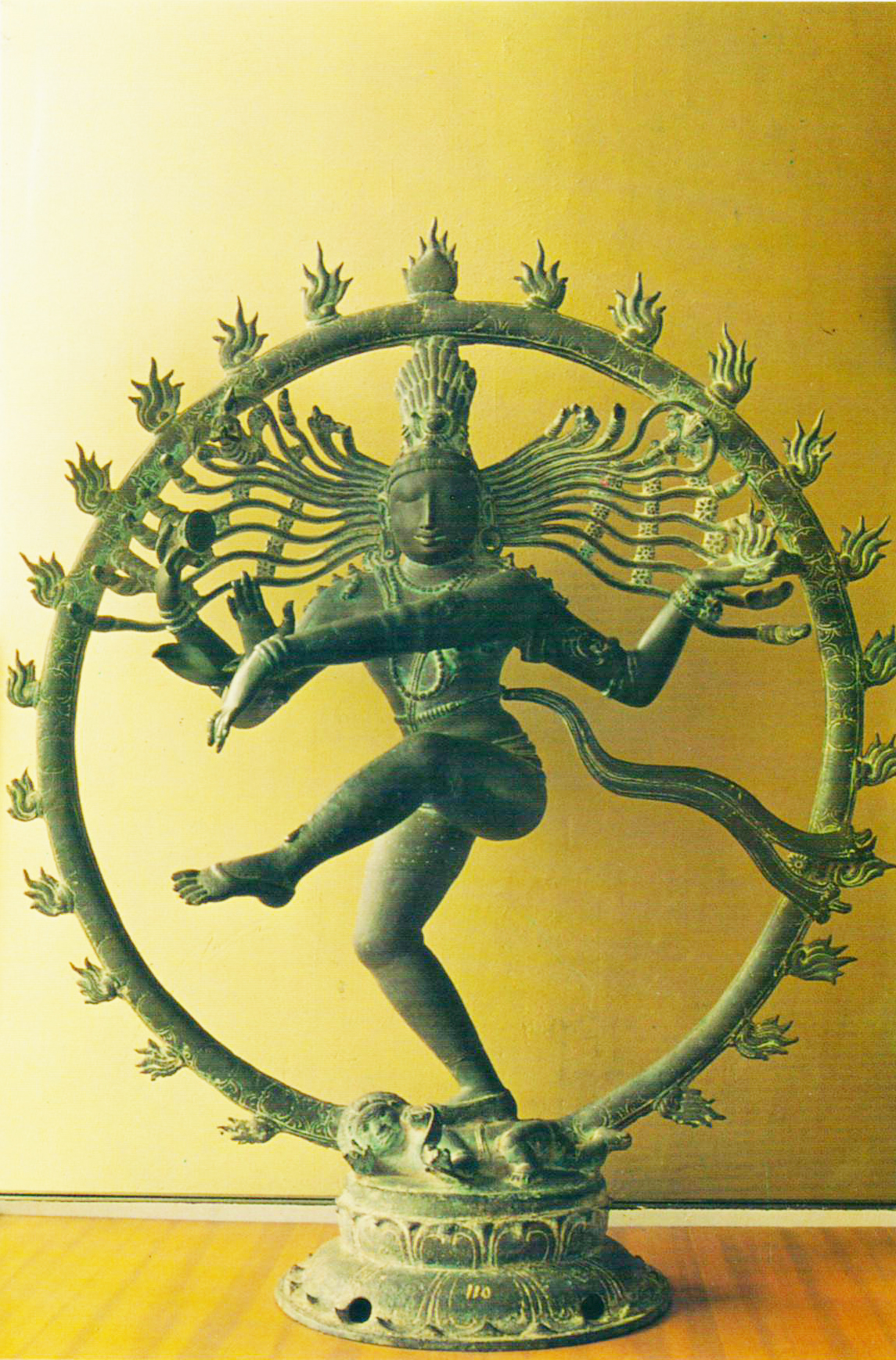The Kumbh Legend In Skanda Purana

The ancient Hindu scripture, the Skanda Purana, recounts the legendary origin of the Kumbh Mela. The Devas or Gods and the Asuras or Demons sought the nectar of immortality, hidden in the depths of the ocean. Using Mount Meru as a churning stone with the python, Vasuki Naga, coiled around it like a rope, balanced on Vishnu who had assumed the form of a tortoise, the epic exercise began. On the one side, the Devas took hold of the python's tail , on the other, the Asuras held his head. Together they turned the gigantic contraption and churned the ocean into a ferment. The beleaguered ocean then threw up enough deadly poison to swamp and destroy all the three worlds.
Before it could do so, however, Lord Shiva descended from the heavens, and swallowed it up. Parvati held his throat in order to stop the poison from descending, this turned his throat blue, hence he is called Nilakantha. After the ocean had purged itself, the universe was granted a treasure trove of boons. Among these was a flying horse, a wish-granting cow, a priceless jewel, a magic moon, a skycar, a musical instrument, the apsara Rambha, Lakshmi the goddess of wealth, and Vishwakarma the mystic architect. Ultimately, Danwantri the divine healer, appeared bearing the Amrit or nectar of immortality. The jar that held it, was the Kumbh.
As the Asuras made a grab for the Amrit , Rambha began dancing to distract them. Jayanta, son of Indra , transformed himself into a large bird and flew off with the Kumbha . Jayanta's flight to paradise took him twelve days. On his journey, he flew over the Earth, stopping at four places. First, Prayag or Allahabad, then Haridwar, Trimbakeshwar (near Nasik) and finally, Ujjain. At each place, a few drops of nectar fell into the river. These, therefore, are the holy places of the Kumbh Mela, and the significance of the ritual bath.














